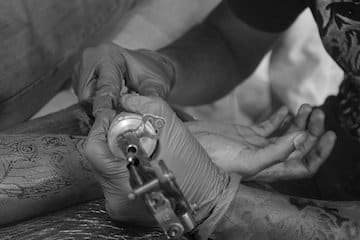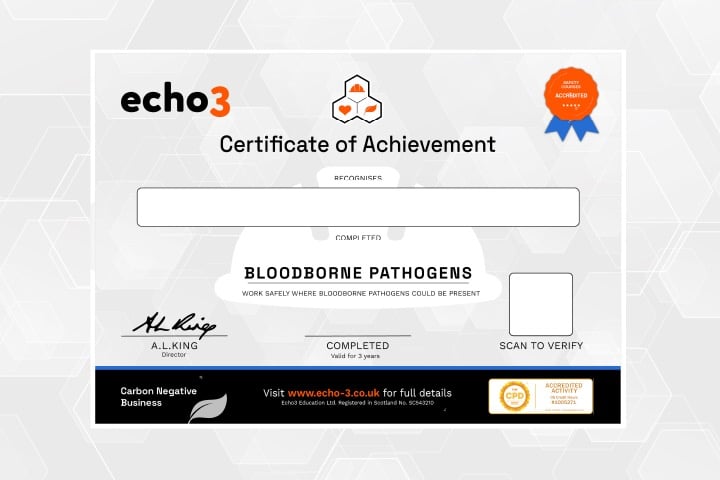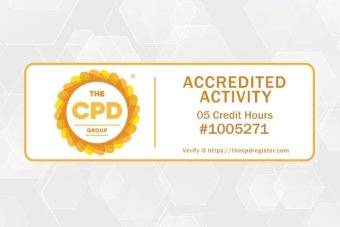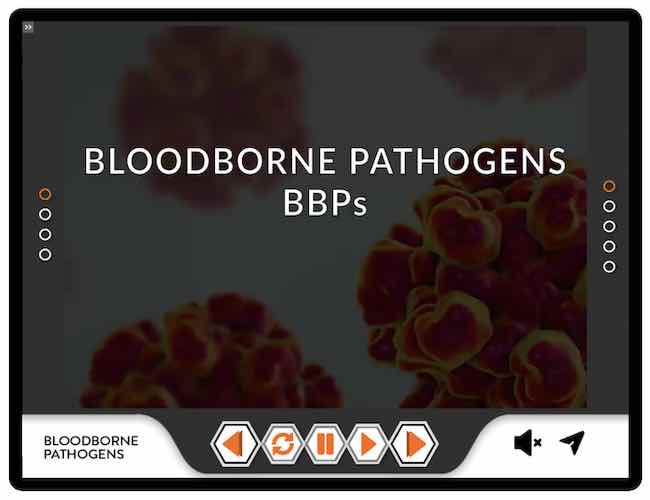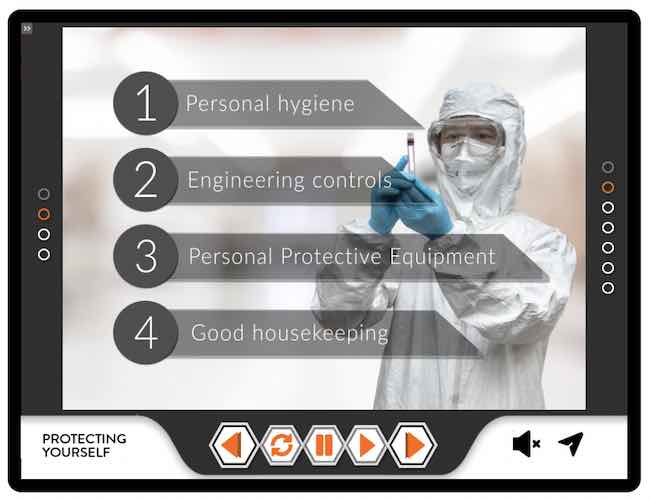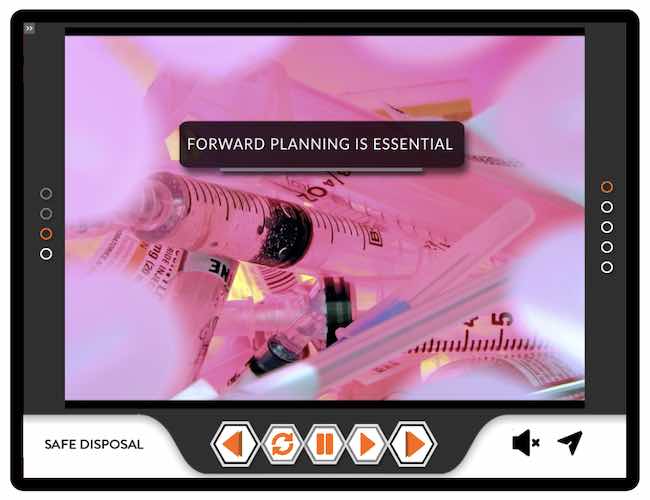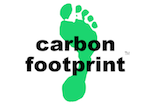Your basket is currently empty!

Bloodborne Pathogens Course
Online Bloodborne Pathogens course for everyone working where human-blood could be present. The training provides the knowledge needed to work safely where BBPs and OPIMs could be present.
- For Me
- For Teams
BLOODBORNE PATHOGENS COURSE
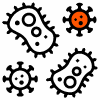 Online Bloodborne Pathogens training course provides the knowledge needed to work safely where human blood could be present.
Online Bloodborne Pathogens training course provides the knowledge needed to work safely where human blood could be present.
The term ‘Bloodborne pathogens’ (‘BBPs’ for short) refers to infections in human blood that have the potential to cause harm. The three most common infections are: the Hepatitis B virus, the Hepatitis C virus, and HIV (Human Immunodeficiency Virus).
Other potentially infections materials (‘OPIMs’) for short are items that could have had infected blood transferred to them. For sample cleaning cloths. OPIMs are also a hazard addressed in this course.
The risks from BBPs and OPIMs can be avoided by adopting the best-practices covered in this course.
COURSE SAMPLE
COURSE CONTENT
 UNIT 1 – What are bloodborne pathogens? – In this first unit we will explain what bloodborne pathogens are, as well looking at the symptoms of some of the diseases they cause.
UNIT 1 – What are bloodborne pathogens? – In this first unit we will explain what bloodborne pathogens are, as well looking at the symptoms of some of the diseases they cause.
UNIT 2 – How to protect yourself – In the second learning unit, we explore the universal precautions to take, and essential equipment to use that will protect from exposure to infected blood.
UNIT 3 – Safe handling – The third learning unit centres on the key steps associated with safe cleaning of a blood spill and other potentially infectious or contaminated materials.
UNIT 4 – Emergency procedures – In our final learning unit, we explain what to do in the event of accidental exposure to blood or OPIMs.
LEARNING OUTCOMES
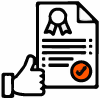 On successful completion of this Bloodborne Pathogens training, learners will:
On successful completion of this Bloodborne Pathogens training, learners will:
- Know what Bloodborne Pathogens are, and identify potential sources.
- Recognise the risks arising from common bloodborne infections.
- Determine procedures required for a safe working environment, including correct handling of blood-related products and the importance of PPE
- Be able to identify steps required for the safe cleaning of blood spills
- Understand the required emergency procedures in event of a blood exposure.
WHO SHOULD TAKE THIS COURSE
This Bloodborne Pathogens course is aimed at any individual who may work in roles where human blood may be present, however infrequently, leading to potential pathogen exposure.
This includes;
- Caring and teaching professionals
- Various Healthcare Workers
- Domestic staff
- Cleaners
- Those within the cosmetic and body art industry
NB: For those staff working with needles, we also recommend undertaking the Needlestick and Sharps training course.

CERTIFICATE
At the end of the Bloodborne Pathogens course is a 15 question, multiple-choice quiz aimed at reinforcing and testing individual learning.
Where the learner demonstrates their understanding of course content by achieving a minimum score of 80%, a completion certificate is issued by email.
If the score is less than 80%, learners are offered the opportunity to revisit any part of the course and retake the quiz until successful.
The verifiable, CPD-Accredited certificate is then emailed to your account for retention within your training records.
A posted certificate is available for £9.
The Bloodborne Pathogens certificate is valid for 3 years.
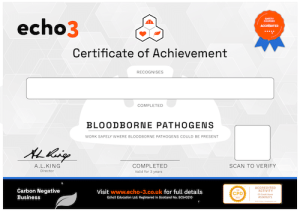
COURSE OBJECTIVES
 Provide the learner with an understanding of the risks from bloodborne pathogens (BBPs) or other potentially infectious materials (OPIMs).
Provide the learner with an understanding of the risks from bloodborne pathogens (BBPs) or other potentially infectious materials (OPIMs).
Increase competence in identifying hazards and addressing risks when operating where BBPs or OPIMs.
Provide an effective training solution for employers to appropriately train staff and comply with regulations.
PLATFORM FEATURES
REDUCE THE CHANCE OF EXPOSURE
By practicing good personal hygiene and following some simple procedures, you can reduce your exposure to BBPs and OPIMs.
- Cover any open cuts and skin abrasions to prevent contact with infectious material. This measure effectively eliminates one of the main routes of entry. [See HSE guidance]
- In potential exposure areas never eat, drink, store food, smoke, handle contact lenses, or apply cosmetics or lip balm. Infection can transfer on to your hands and food.
- Wash your hands with soap and running water frequently. Doing so is one of the most important and easiest measures you can take to prevent BBP transmission.
- Wash your hands immediately following any type of exposure.
- Wash your hands after removing your gloves or other PPE. Use hand sanitiser if working in an area without running water.
- Provide staff with appropriate Bloodborne Pathogens training
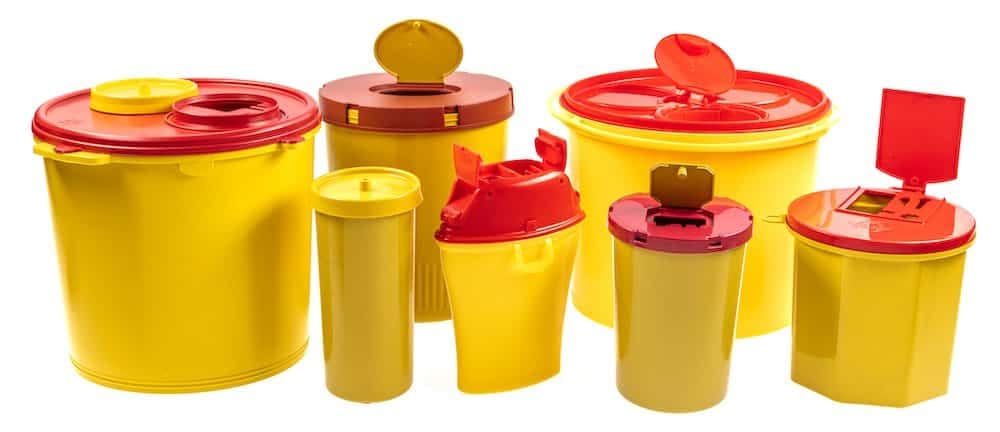
BLOODBORNE PATHOGENS LEGISLATION
For all employers the UK Health and Safety executive provides a detailed overview of legislation applicable to the control of risks associated with Bloodborne Pathogens HERE.
This includes regulations related to the ‘Reporting of Injuries , Diseases and Dangerous Occurrences’ (RIDDOR), and ‘Personal Protective Equipment’
Healthcare employers also have duties under the Sharp Instruments in Healthcare Regulations 2013. This includes providing appropriate Needlestick and sharps training.
RELATED CONTENT
Needlestick and Sharps – learn how to work safely where needles and sharps could be present.
PPE – learn the importance of Personal Protective equipment
Hazardous Substances – how to work safely where hazardous substances including bio-hazards are present.
First Aid at Work – learn the fundaments of first aid.
If staff need a range of courses you can access all Echo3 courses in one go by purchasing CREDIT.
BLOODBORNE PATHOGENS COURSE
 Online Bloodborne Pathogens training course provides the knowledge needed to work safely where human blood could be present.
Online Bloodborne Pathogens training course provides the knowledge needed to work safely where human blood could be present.
The term ‘Bloodborne pathogens’ (‘BBPs’ for short) refers to infections in human blood that have the potential to cause harm. The three most common infections are: the Hepatitis B virus, the Hepatitis C virus, and HIV (Human Immunodeficiency Virus).
Other potentially infections materials (‘OPIMs’) for short are items that could have had infected blood transferred to them. For sample cleaning cloths. OPIMs are also a hazard addressed in this course.
The risks from BBPs and OPIMs can be avoided by adopting the best-practices covered in this course.
COURSE SAMPLE
COURSE CONTENT
 UNIT 1 – What are bloodborne pathogens? – In this first unit we will explain what bloodborne pathogens are, as well looking at the symptoms of some of the diseases they cause.
UNIT 1 – What are bloodborne pathogens? – In this first unit we will explain what bloodborne pathogens are, as well looking at the symptoms of some of the diseases they cause.
UNIT 2 – How to protect yourself – In the second learning unit, we explore the universal precautions to take, and essential equipment to use that will protect from exposure to infected blood.
UNIT 3 – Safe handling – The third learning unit centres on the key steps associated with safe cleaning of a blood spill and other potentially infectious or contaminated materials.
UNIT 4 – Emergency procedures – In our final learning unit, we explain what to do in the event of accidental exposure to blood or OPIMs.
LEARNING OUTCOMES
 On successful completion of this Bloodborne Pathogens training, learners will:
On successful completion of this Bloodborne Pathogens training, learners will:
- Know what Bloodborne Pathogens are, and identify potential sources.
- Recognise the risks arising from common bloodborne infections.
- Determine procedures required for a safe working environment, including correct handling of blood-related products and the importance of PPE
- Be able to identify steps required for the safe cleaning of blood spills
- Understand the required emergency procedures in event of a blood exposure.
WHO SHOULD TAKE THIS COURSE
This Bloodborne Pathogens course is aimed at any individual who may work in roles where human blood may be present, however infrequently, leading to potential pathogen exposure.
This includes;
- Caring and teaching professionals
- Various Healthcare Workers
- Domestic staff
- Cleaners
- Those within the cosmetic and body art industry
NB: For those staff working with needles, we also recommend undertaking the Needlestick and Sharps training course.

CERTIFICATE
At the end of the Bloodborne Pathogens course is a 15 question, multiple-choice quiz aimed at reinforcing and testing individual learning.
Where the learner demonstrates their understanding of course content by achieving a minimum score of 80%, a completion certificate is issued by email.
If the score is less than 80%, learners are offered the opportunity to revisit any part of the course and retake the quiz until successful.
The verifiable, CPD-Accredited certificate is then emailed to your account for retention within your training records.
A posted certificate is available for £9.
The Bloodborne Pathogens certificate is valid for 3 years.

COURSE OBJECTIVES
 Provide the learner with an understanding of the risks from bloodborne pathogens (BBPs) or other potentially infectious materials (OPIMs).
Provide the learner with an understanding of the risks from bloodborne pathogens (BBPs) or other potentially infectious materials (OPIMs).
Increase competence in identifying hazards and addressing risks when operating where BBPs or OPIMs.
Provide an effective training solution for employers to appropriately train staff and comply with regulations.
PLATFORM FEATURES
REDUCE THE CHANCE OF EXPOSURE
By practicing good personal hygiene and following some simple procedures, you can reduce your exposure to BBPs and OPIMs.
- Cover any open cuts and skin abrasions to prevent contact with infectious material. This measure effectively eliminates one of the main routes of entry. [See HSE guidance]
- In potential exposure areas never eat, drink, store food, smoke, handle contact lenses, or apply cosmetics or lip balm. Infection can transfer on to your hands and food.
- Wash your hands with soap and running water frequently. Doing so is one of the most important and easiest measures you can take to prevent BBP transmission.
- Wash your hands immediately following any type of exposure.
- Wash your hands after removing your gloves or other PPE. Use hand sanitiser if working in an area without running water.
- Provide staff with appropriate Bloodborne Pathogens training

BLOODBORNE PATHOGENS LEGISLATION
For all employers the UK Health and Safety executive provides a detailed overview of legislation applicable to the control of risks associated with Bloodborne Pathogens HERE.
This includes regulations related to the ‘Reporting of Injuries , Diseases and Dangerous Occurrences’ (RIDDOR), and ‘Personal Protective Equipment’
Healthcare employers also have duties under the Sharp Instruments in Healthcare Regulations 2013. This includes providing appropriate Needlestick and sharps training.
RELATED CONTENT
Needlestick and Sharps – learn how to work safely where needles and sharps could be present.
PPE – learn the importance of Personal Protective equipment
Hazardous Substances – how to work safely where hazardous substances including bio-hazards are present.
First Aid at Work – learn the fundaments of first aid.
If staff need a range of courses you can access all Echo3 courses in one go by purchasing CREDIT.



